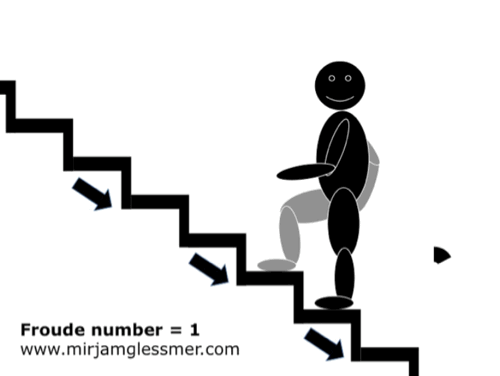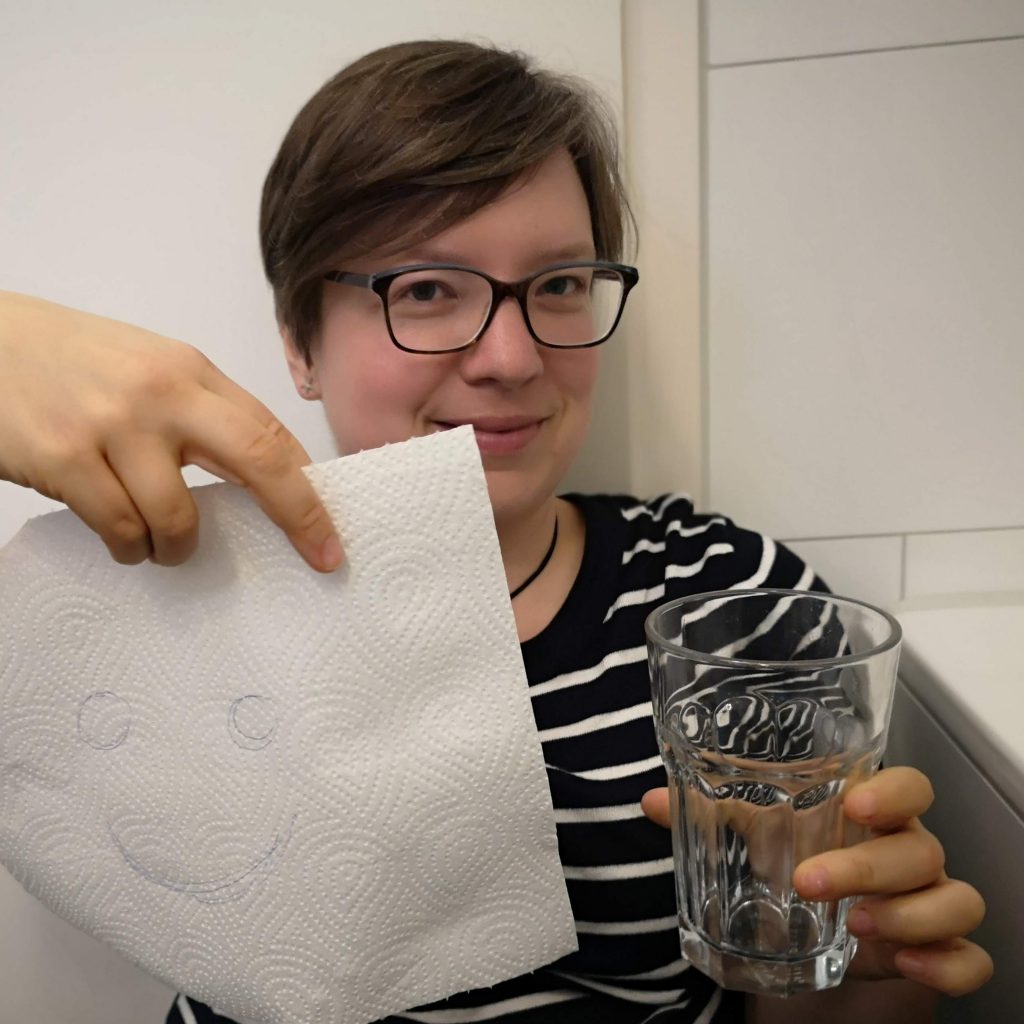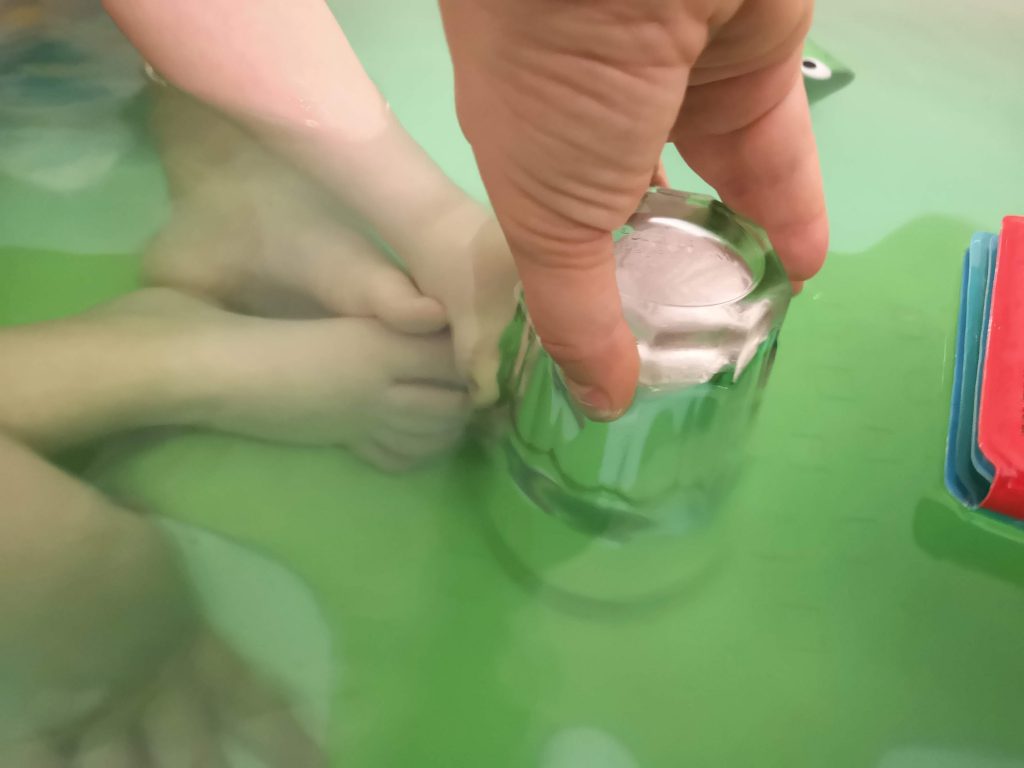Many big research projects and institutions regularly spend a lot of money on things like pens, mugs, canvas bags, or even pool noodles (I kid you not, one of my former employers did that!), all typically branded with the institution’s or project’s logo, that they give away in large quantities. Many of those are certainly useful and others funny. But since they are already budgeted for, anyway, why not use them as a tool in science communication?
For part 1 on what the literature tells us about giveaways, check out this blog post.
For part 2 on designing an actual giveaway, check out this blog post.
Checklist for a successful giveaway
Now you have a whole bunch of ideas. Maybe you have a clear favorite, maybe there are several. In any case, I like to make sure that my giveaway checks all or most of these boxes:
Is it actually conveying my message?
- The message is clear both explicitly (in the text) as well as implicitly (in the form & function of the object)
- The giveaway matches the scicomm goal that I designed it for
- It is actually suitable for the target audience. That means for some audiences it can be funny (using plays on words or similar), while for others it should only contain facts, graphics, ….
- It is project specific and not something that any other project would also be able to give away without everybody being completely confused about how it is related to that other project
- It shows the concept of interest
- It is made easy to follow up (i.e. find additional information, contact relevant people, …), so the giveaway includes a QR-code, link, or at least the search terms that will lead directly to your project’s website
- It is something that people can easily integrate in their work/life so they see it often and are reminded of the message
Does it spark joy and the desire to keep it?
- Something you want to keep, not eat and throw away (Non-branded chocolate hearts! Not project-branded sweets that then aren’t even any good)
- Useful, so people like to keep it around
- High quality product (not cheap looking)
- Sturdy (I HATE it when the clipsy-things on pens break off right away)
- Attractive design
- Positive association
- Can be kept for an appropriately long time (Doesn’t perish quickly, doesn’t break)
A couple more thing to consider: Does the giveaway suit the context it is to be distributed in? Will there be time & people power to explain what it’s all about or is there some information provided? If the giveaway is designed for a specific occasion (science day) and are there statistics on typical audiences? How do you make sure you target (and reach) only specific people, not everybody (so that you connect to the right people and don’t “waste” a lot of giveaways on people who aren’t even interested)? Is it easily mailable/transportable or does it need specialized packaging or something that makes logistics super expensive?
Basically, what I want from my giveaways is that they provide value for free, i.e. make sure your give-aways are products or services that people are happy to receive and to share. This should go without saying, but it’s scary how much stuff I have gotten over the years that I really don’t want in my life but was too polite to refuse in the situation. I have absolutely no use for ugly mugs, I have more pretty ones that I love than I could ever use in my home and my office and my imaginary holiday house (and even my even-more-imaginary seminar space in my future light house). Or key chains — is the one you are trying to give me really so awesome that you think I will be using it? Especially when it’s not even used as a lanyard for a name tag when you are giving it to me, but just an empty key chain?
Using multipliers
When gifts are given with the intention to develop an effect beyond the first level of recipient, using that recipient as multiplier, marketing principles of viral online marketing can be applied (Wilson, 2000):
- Make it scalable so you can cope with snowballing demand. Or be aware that you might be disappointing people if they want your really cool giveaway but you’ve already run out.
- Make it easy for the recipient to share the giveaway with others (so maybe not an exclusive dinner invitation, but rather some funny toy or a gif, link, game that can easily be shared electronically)
- Play on motivations like greed, hunger to be popular, loved, understood to have your message shared. People aren’t sharing because you are asking them to share. If however people feel that it is making them look cool / wise / knowledgeable / whatever to share your stuff, they are going to share your stuff!
- Place your message into existing communications between people to make it even easier to share, so use Facebook or institutional newsletters, booths at fairs that would be there whether you ask them to hand out a couple of your flyers or not, …
- Use someone else’s resources to share your message (e.g. affiliate programs that place texts or graphics on someone else’s webpages so that someone else’s infrastructure is conveying your message)
- Give away something that provokes reactions / initiates conversations by other people when they see it, so that recipient is often engaged in dialogue about the message, and thus is both reminded about it all the time as well as acting as a multiplier, thus doing your job for you.
Next steps
Now. Are you ready to come up with a giveaway for your project that ticks all the boxes of this and the two previous blog posts? Then you should check out #scicommchall on Monday, because (spoiler alert!) designing a giveaway will be April’s #scicommchall! :-)
Literature
Wilson, R. F. (2000) The Six Simple Principles of Viral Marketing. Web Marketing Today, Issue 70, February 1, 2000




























